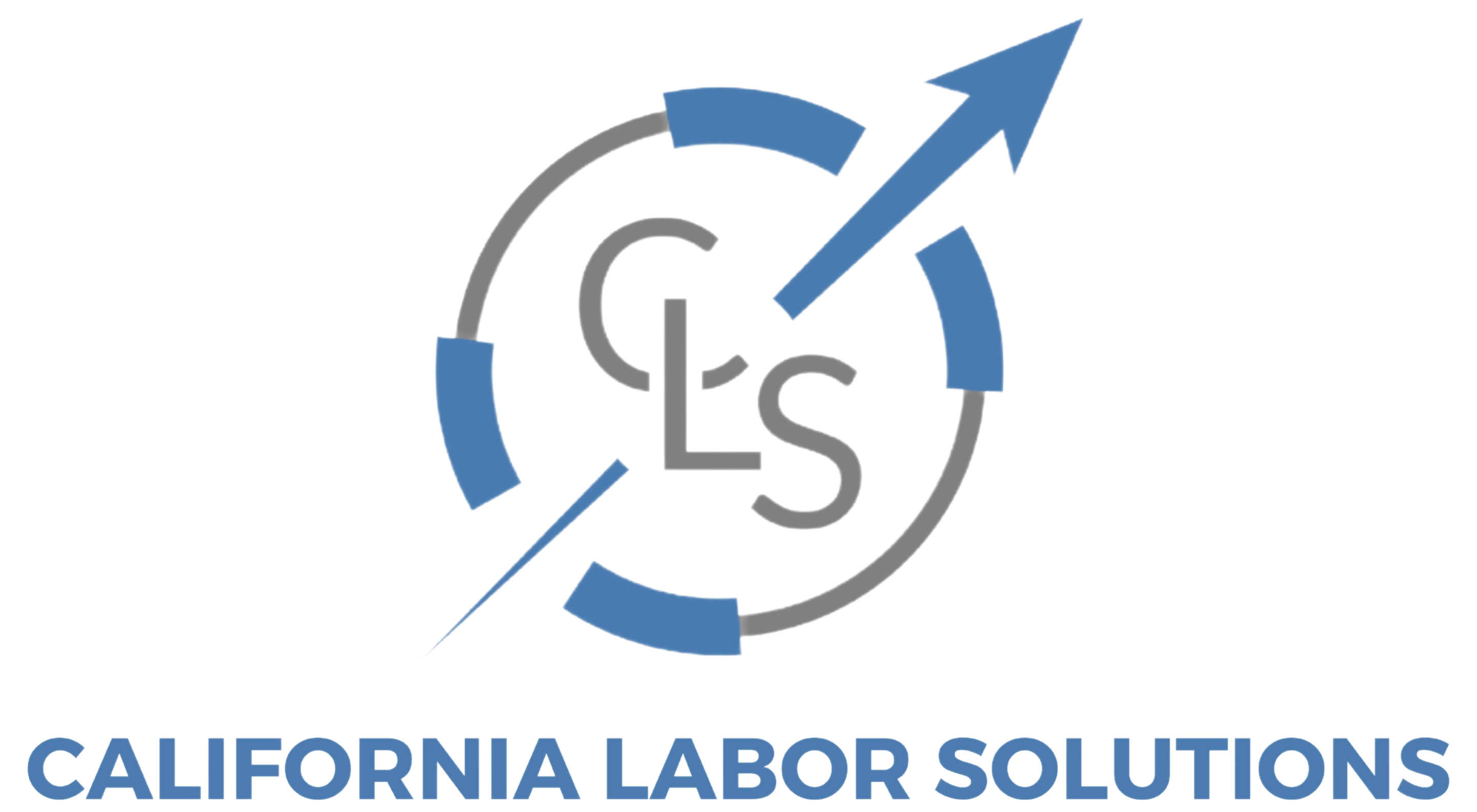Remote work in California has transformed the workplace, offering flexibility for employees while posing new challenges for businesses. As state labor laws evolve and remote work policies become standard, California employers must adapt to regulations, compliance requirements, and workforce management strategies to remain competitive.
This article explores how remote work is shaping California businesses, key legal considerations, and best practices for managing a hybrid or fully remote workforce.
The Rise of Remote Work in California
Over the past few years, remote work has shifted from a temporary solution to a permanent workforce strategy for many companies. Key trends include:
📈 Increased Employee Demand – Workers prioritize flexibility, with many seeking permanent remote or hybrid roles.
⚖ New Labor Law Challenges – Employers must comply with California wage and hour laws for remote employees.
🏢 Hybrid Work Models Dominate – Many businesses now offer a mix of in-office and remote options.
🌎 Expansion of Talent Pools – Remote work allows companies to hire beyond traditional geographic limits.
To remain competitive, employers must build effective remote work policies while ensuring compliance with California labor laws.
Key Remote Work Laws in California
California employers must follow strict labor laws even for remote employees. Some key areas include:
1. Wage & Hour Laws
- Remote workers are still entitled to California’s minimum wage ($16 per hour in 2024, with local variations).
- Overtime rules apply if employees work more than 8 hours per day or 40 hours per week.
- Employers must ensure accurate time tracking for remote employees to avoid wage claims.
2. Reimbursement for Work-Related Expenses
- California law requires employers to reimburse remote employees for business-related expenses, such as:
✅ Internet and phone usage
✅ Office equipment and software
✅ Home office supplies - Failure to reimburse can result in legal action under California Labor Code Section 2802.
3. Meal & Rest Break Compliance
- Non-exempt remote workers must receive the same meal and rest breaks as in-office employees.
- Employers must track break compliance to prevent wage and hour violations.
4. Workplace Safety for Remote Employees
- Employers are responsible for maintaining a safe work environment, even in an employee’s home.
- This includes providing ergonomic assessments and ensuring compliance with OSHA standards.
Challenges of Managing a Remote Workforce
While remote work offers benefits, it also presents challenges for businesses, including:
🚧 Compliance with California labor laws
📉 Decreased employee engagement and collaboration
⏳ Tracking productivity and work hours accurately
🔄 Creating fair performance evaluation processes
🔐 Ensuring cybersecurity and data protection
To overcome these issues, companies must implement structured remote work policies and invest in technology solutions for remote workforce management.
Best Practices for Remote Work Success
1. Create a Clear Remote Work Policy
- Define expectations for remote work hours, availability, and communication.
- Include guidelines on reimbursement, overtime, and performance tracking.
2. Invest in Technology for Productivity & Compliance
- Use time-tracking tools to ensure compliance with wage and hour laws.
- Implement secure communication and collaboration software to protect company data.
3. Support Employee Well-Being & Engagement
- Offer virtual team-building activities and check-ins.
- Provide ergonomic guidance and reimbursement for home office setups.
4. Monitor Compliance with Wage & Hour Laws
- Ensure accurate record-keeping for remote employees.
- Train managers on California labor law compliance for remote teams.
The Future of Remote Work in California
As remote work continues to evolve, California businesses must adapt by:
✔ Updating HR policies to reflect long-term remote work structures.
✔ Prioritizing compliance with California labor regulations.
✔ Leveraging remote work benefits to attract and retain top talent.
Need Help Navigating Remote Work Compliance?
At California Labor Solutions, we help businesses develop compliant remote work policies, track labor law updates, and ensure fair treatment for remote employees.

